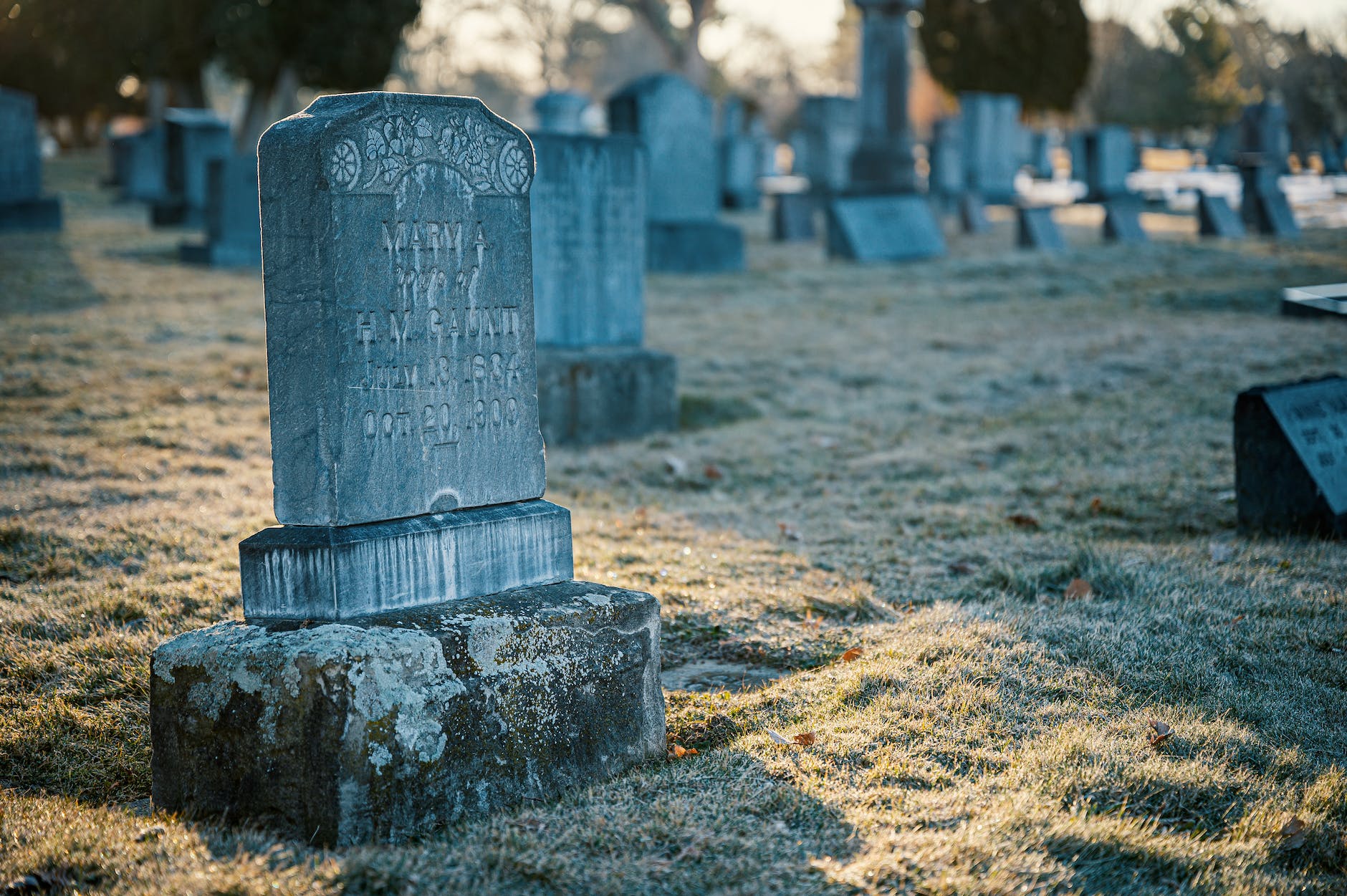Cemeteries are a goldmine of information for family genealogists. But, before you start planning a cemetery visit, you should set some goals for yourself. It is also beneficial to remember certain basic concepts, methodologies, and general guidelines for conducting productive and courteous research. So How do genealogists use cemeteries in their research? Click here to find an answer.
What Can Genealogists Do?
Cemeteries can provide endless information about ancestors, including birth, marriage, and death dates. They can help find where someone is buried, determine ancestral hometowns, distinguish between similarly-named individuals, and provide clues into ancestors’ lives. So here are some ways genealogists use cemeteries in their research:
- Gathering information — Genealogists gather information about their ancestors by visiting cemeteries and taking note of the inscriptions on headstones or monuments;
- Investigating the paper trail — Genealogists investigate the paper trail by searching for funeral home archives, death certificates, land records, census records, city directories, and county histories;
- Contacting experts — Genealogists contact cemetery personnel, funeral home staff, local government offices, genealogical societies, historical groups, local libraries, and university archives to gather information about their ancestors;
- Clarifying relationships — Genealogists use cemetery records to clarify relationships and find lost children;
- Maximizing research — Genealogists maximize their research by studying the burial plot or cemetery for other relatives and associates;
- Analyzing gravestones — Genealogists analyze gravestones to understand an individual’s standing with a community or their financial status. They also examine gravestone art to look for common themes and patterns that showcase religious beliefs, local cultures, and other clues.
By using cemeteries in their research, genealogists can uncover new facts about their family history and gain a deeper understanding of their ancestors’ lives.

Online Cemetery Databases as Key Sources of Information
One of the most accessible sources for investigating an ancestor’s burial is online cemetery databases. These websites gather burial information from all around the world. Volunteers collect this data to grow the database, which is then searchable with a single click. These databases often contain a wealth of information that can be crucial for various purposes, including:
- Genealogy research — Genealogists use online cemetery databases to trace their family history and genealogy. These databases often provide information about birth and death dates, burial locations, and relationships between individuals buried in the same plot.
- Grave locations — Online cemetery databases can help people find the graves of their ancestors or loved ones, making it easier to visit and pay their respects. This information may include section, row, and plot numbers within the cemetery.
- Historical research — Researchers and historians can access the databases to gather information about prominent individuals, historical events, or cultural and demographic trends within a region or community.
- Documenting local history — Cemetery databases can offer insights into the local history of a specific area, as they often contain records dating back many decades or even centuries. This information can be used to study demographic shifts, historical trends, and more.
- Verification of information — Cemetery records can be used to verify information found in other genealogical or historical sources. They provide a primary source of data regarding an individual’s birth, death, and burial.
- Preserving historical data — Online cemetery databases help preserve and digitize valuable historical data that might otherwise be lost to time, as physical records can deteriorate or become lost over the years.
- Biographical information — Cemetery databases may include biographical information, such as the deceased person’s occupation, affiliations, and military service, which can be useful for researchers and historians.
- Mapping and photography — Some online cemetery databases provide maps of burial sites within the cemetery, making it easier to locate specific graves. Additionally, they may include photographs of gravestones and memorials, which can aid in research.
To access online cemetery databases, you can use various websites and resources, often provided by genealogical organizations, cemetery associations, or local government entities. These are continually being updated and expanded, making it easier for researchers and families to find the information they seek.
Making Cemeteries an Endless Source of Information
Cemeteries serve as invaluable resources for genealogists in their quest to uncover and document family histories. These final resting places not only provide essential details about birth and death dates but also offer a wealth of information that helps genealogists connect the dots in their family trees. Genealogists utilize cemetery records to piece together the intricate tapestry of their ancestors’ lives, filling in the gaps with biographical data, relationships, and historical context.
Online cemetery databases have revolutionized the field of genealogy. Nowadays, researchers can access this treasure trove of information from the comfort of their homes. These online resources facilitate the exploration of family histories. They enable the verification of facts found in other sites and contribute to the preservation of historical data that might otherwise be lost. They play a key role in the endeavor to document and celebrate the lives of those who have gone before us, ensuring that their stories continue to be told and cherished for generations to come.
In the hands of genealogists, cemeteries become more than mere resting places. They serve as windows to the past, connecting us to our ancestors and providing a tangible link to our shared history. As technology continues to advance and more cemetery records become accessible online, the tools genealogists have for unraveling the mysteries of the past continue to expand. This makes it possible for individuals to discover their roots and celebrate the enduring legacies of those who came before them.
Avid Writer with invaluable knowledge of Humanity!
Upcoming historian with over 30 million views online.
“You make your own life.”


